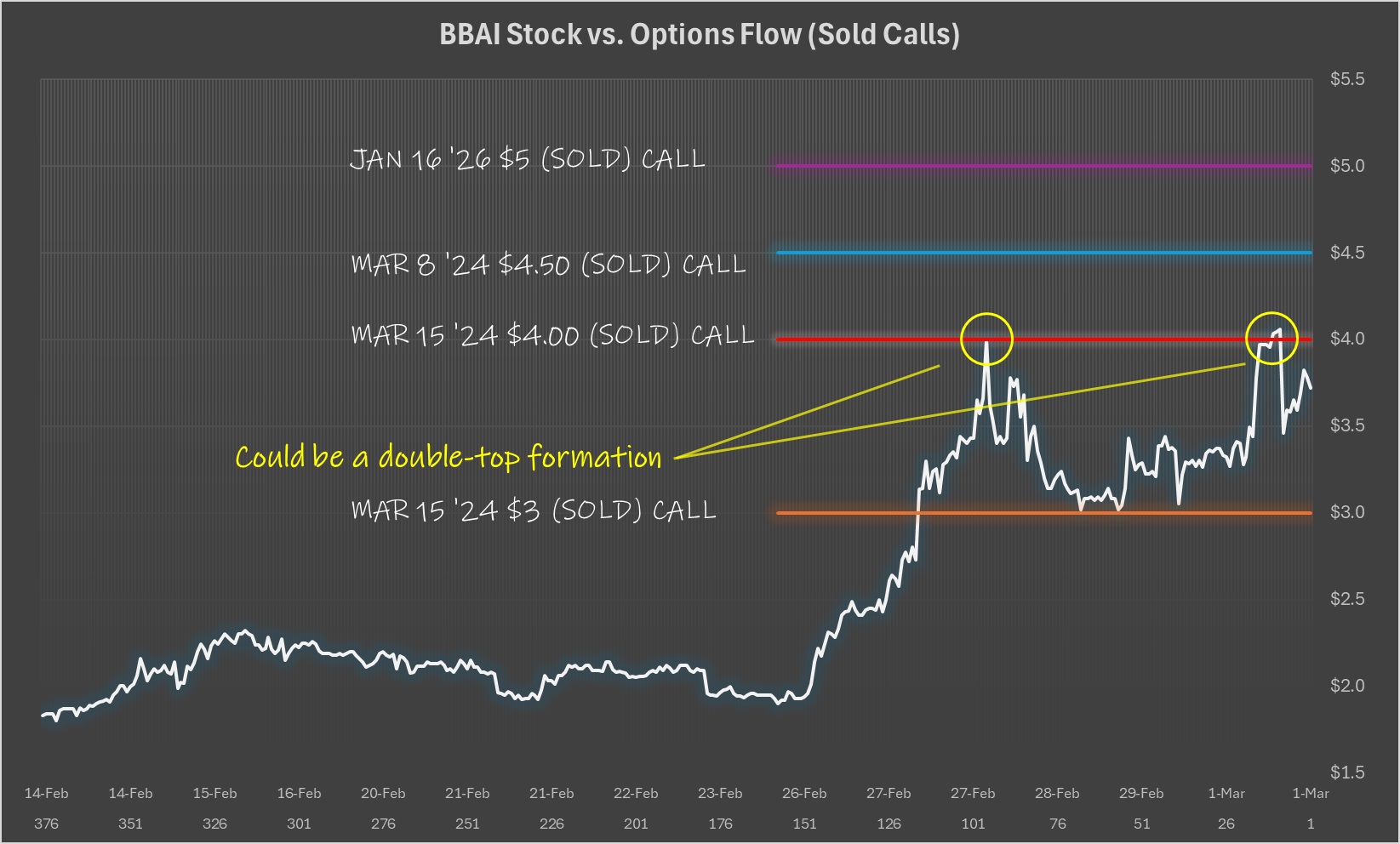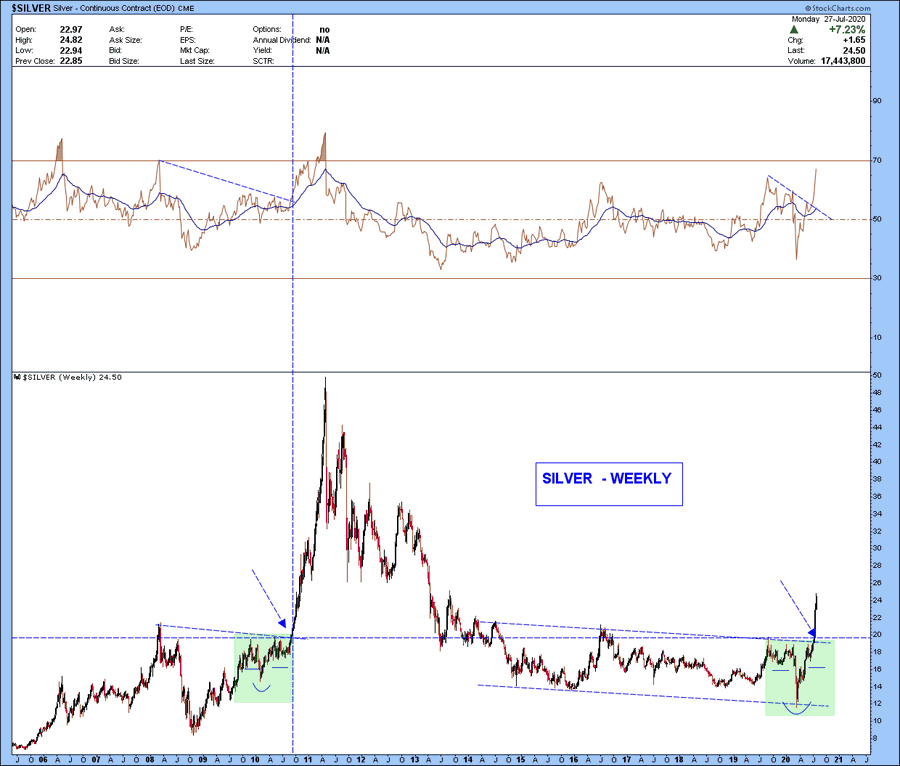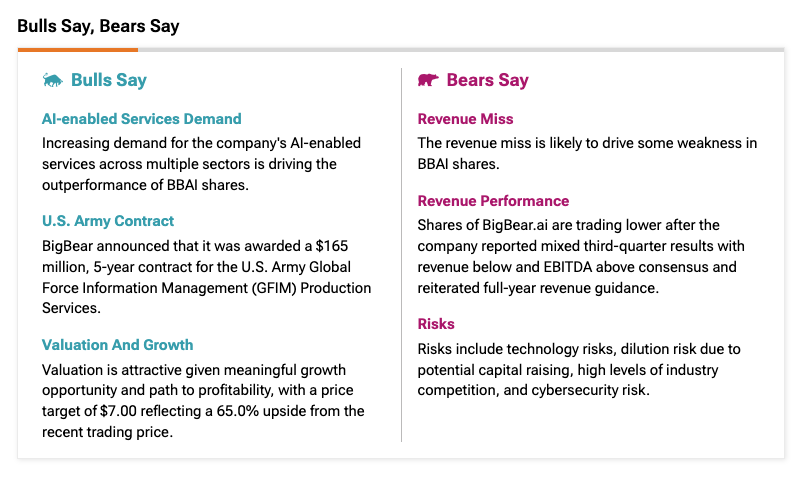The Paradox Of Clean Energy: Thriving Yet Under Attack

Table of Contents
The Booming Success of Clean Energy
The growth of clean energy is undeniable. Technological breakthroughs and decreasing costs are driving a global shift towards renewable energy sources.
Technological Advancements and Cost Reduction
Remarkable advancements in solar, wind, and other renewable technologies have drastically reduced their costs, making them increasingly competitive with fossil fuels.
- Solar Panel Costs: The cost of solar photovoltaic (PV) panels has plummeted by over 80% in the last decade, making solar energy a viable option for homes and businesses worldwide.
- Wind Turbine Efficiency: Significant improvements in wind turbine design and manufacturing have increased efficiency and output, leading to lower energy costs.
- Government Incentives: Tax credits, subsidies, and renewable portfolio standards (RPS) in many countries have incentivized the development and adoption of clean energy technologies.
- Market Share Growth: The global market share of renewable energy sources continues to expand, with solar and wind energy leading the charge. Many countries are setting ambitious targets for renewable energy integration into their energy mix.
Growing Global Investment and Adoption
Investment in clean energy is surging, driven by both private sector interests and government initiatives.
- Large-Scale Projects: Massive solar farms, offshore wind farms, and geothermal power plants are springing up across the globe, demonstrating the scalability of renewable energy.
- International Agreements: The Paris Agreement and other international accords underscore a global commitment to reducing carbon emissions and transitioning to cleaner energy sources.
- Environmental Regulations: Stringent environmental regulations in many regions are pushing industries to adopt cleaner technologies and reduce their carbon footprint.
- Increased Capacity: The global renewable energy capacity has seen unprecedented growth in recent years, indicating a significant shift towards sustainable energy solutions.
The Forces Undermining Clean Energy
Despite its undeniable success, clean energy faces significant headwinds from various quarters.
Political and Regulatory Obstacles
Political resistance and regulatory hurdles remain significant barriers to the widespread adoption of clean energy.
- Fossil Fuel Subsidies: Continued government subsidies for fossil fuels create an uneven playing field, hindering the competitiveness of renewable energy sources.
- Lobbying Efforts: Powerful fossil fuel lobbies actively work to obstruct clean energy policies and regulations.
- Political Polarization: The issue of climate change and clean energy has become highly politicized, creating significant obstacles to bipartisan support for clean energy initiatives.
- Permitting Delays: Lengthy permitting processes and bureaucratic red tape can significantly delay the development of renewable energy projects.
Economic and Infrastructure Challenges
The intermittent nature of some renewable energy sources and limitations in grid infrastructure pose significant challenges.
- Energy Storage: The need for effective and affordable energy storage solutions to address the intermittency of solar and wind power is a crucial technological and economic hurdle.
- Grid Modernization: Upgrading and modernizing the electricity grid is essential to accommodate the influx of renewable energy and ensure grid stability.
- Intermittency: The fluctuating nature of solar and wind energy presents challenges for grid management and energy reliability.
- Economic Transition: The transition away from fossil fuels requires significant investment and can lead to job losses in traditional energy sectors, necessitating careful planning and retraining initiatives.
Misinformation and Public Perception
The spread of misinformation about clean energy impacts public perception and support for its adoption.
- Myths and Misconceptions: Common myths about the intermittency, reliability, and environmental impact of renewable energy sources often impede public acceptance.
- Media Coverage: Media representation of clean energy can be biased or misleading, influencing public opinion.
- Lack of Awareness: Many people lack a clear understanding of the benefits and potential of clean energy technologies.
- Improving Public Understanding: Educational campaigns and transparent communication are vital to address public concerns and improve understanding of clean energy's role in a sustainable future.
Conclusion
The rapid growth of clean energy is undeniable, yet its trajectory is threatened by significant political, economic, and social obstacles. This paradox – the simultaneous flourishing and undermining of clean energy – highlights the urgency of addressing these challenges. Key takeaways include the crucial role of technological advancements, the need for supportive policies, and the importance of overcoming misinformation to unlock the full potential of renewable energy. The future of our planet depends on resolving the paradox of clean energy. Let's work together to overcome the challenges and unlock the full potential of clean energy and its sustainable alternatives for a sustainable tomorrow. Support clean energy initiatives in your community and advocate for policies that prioritize renewable energy development.

Featured Posts
-
 The Enduring Appeal Of Agatha Christies Poirot
May 20, 2025
The Enduring Appeal Of Agatha Christies Poirot
May 20, 2025 -
 Find Millions Check Your Payslip For Potential Hmrc Tax Refunds
May 20, 2025
Find Millions Check Your Payslip For Potential Hmrc Tax Refunds
May 20, 2025 -
 The Best Wireless Headphones Even Better Than Before
May 20, 2025
The Best Wireless Headphones Even Better Than Before
May 20, 2025 -
 Canadas Response To Oxford Report Us Tariffs Largely Unchanged
May 20, 2025
Canadas Response To Oxford Report Us Tariffs Largely Unchanged
May 20, 2025 -
 Trumps Tariffs Statehood Remarks And The Wayne Gretzky Loyalty Debate
May 20, 2025
Trumps Tariffs Statehood Remarks And The Wayne Gretzky Loyalty Debate
May 20, 2025
Latest Posts
-
 Big Bear Ai Bbai Stock Losses Legal Options For Investors
May 20, 2025
Big Bear Ai Bbai Stock Losses Legal Options For Investors
May 20, 2025 -
 Ai Quantum Computing Stock Dip A Buying Opportunity
May 20, 2025
Ai Quantum Computing Stock Dip A Buying Opportunity
May 20, 2025 -
 Gross Law Firm Representing Investors In Big Bear Ai Bbai Stock
May 20, 2025
Gross Law Firm Representing Investors In Big Bear Ai Bbai Stock
May 20, 2025 -
 This Ai Quantum Computing Stock A Dip Buying Opportunity
May 20, 2025
This Ai Quantum Computing Stock A Dip Buying Opportunity
May 20, 2025 -
 Protect Your Rights Big Bear Ai Bbai Investors Urged To Contact Gross Law Firm
May 20, 2025
Protect Your Rights Big Bear Ai Bbai Investors Urged To Contact Gross Law Firm
May 20, 2025
